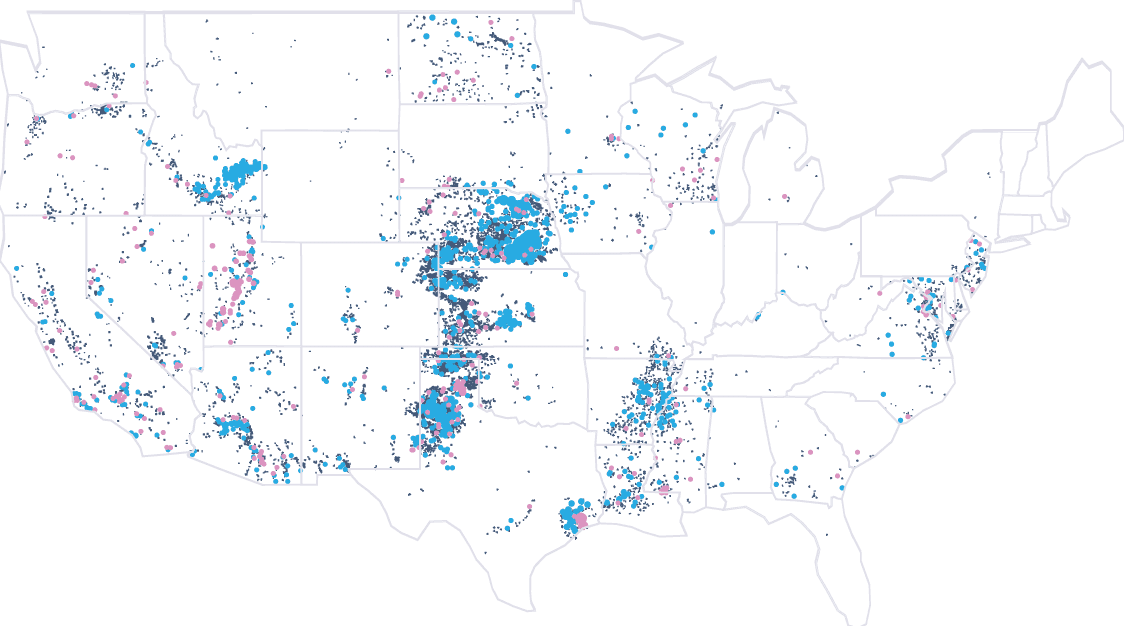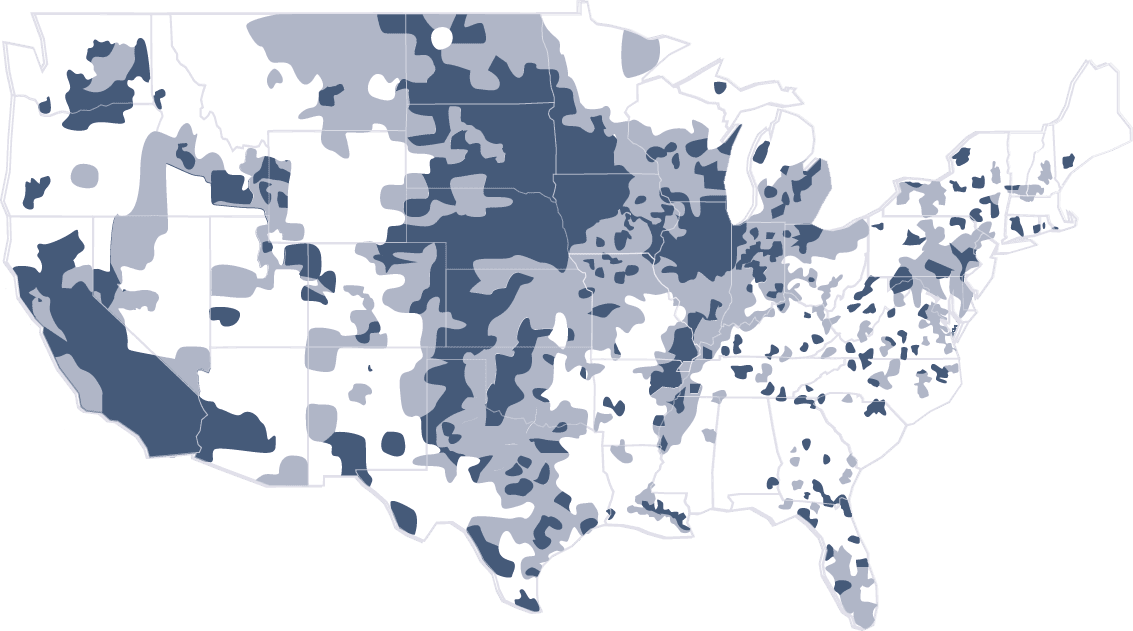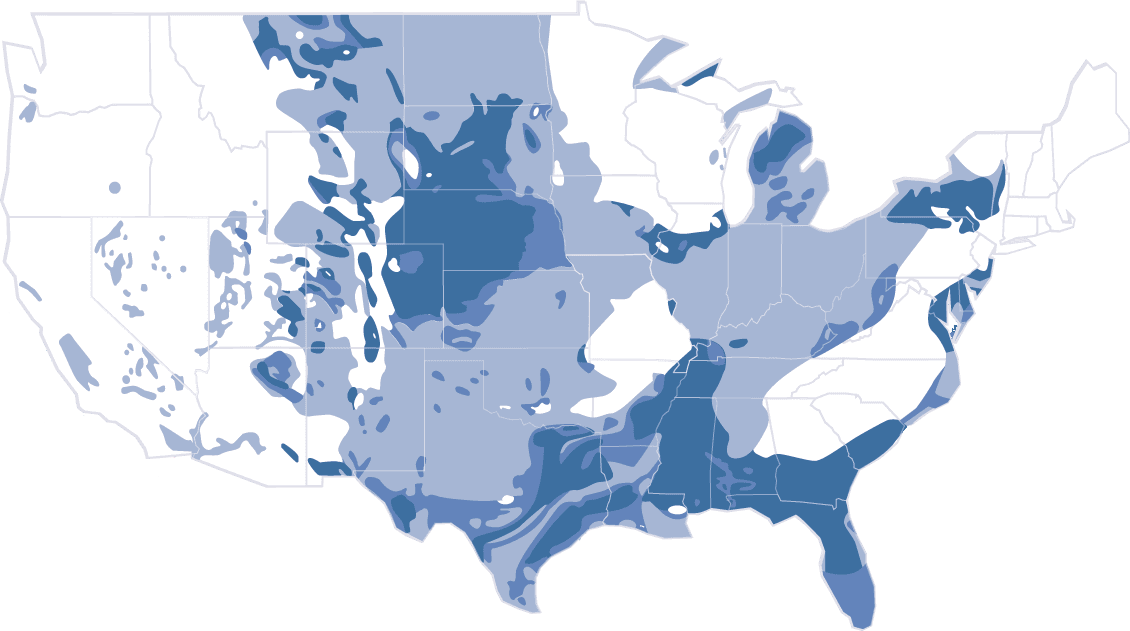Rising to the water challenge
Water is one of the most important natural resources in the world, essential for humans to survive and industries to function. And yet, we face social, environmental and development stresses stemming from water shortages and increased water usage. Barclays is working to understand how innovation, technology and best practices can help alleviate these stresses.


